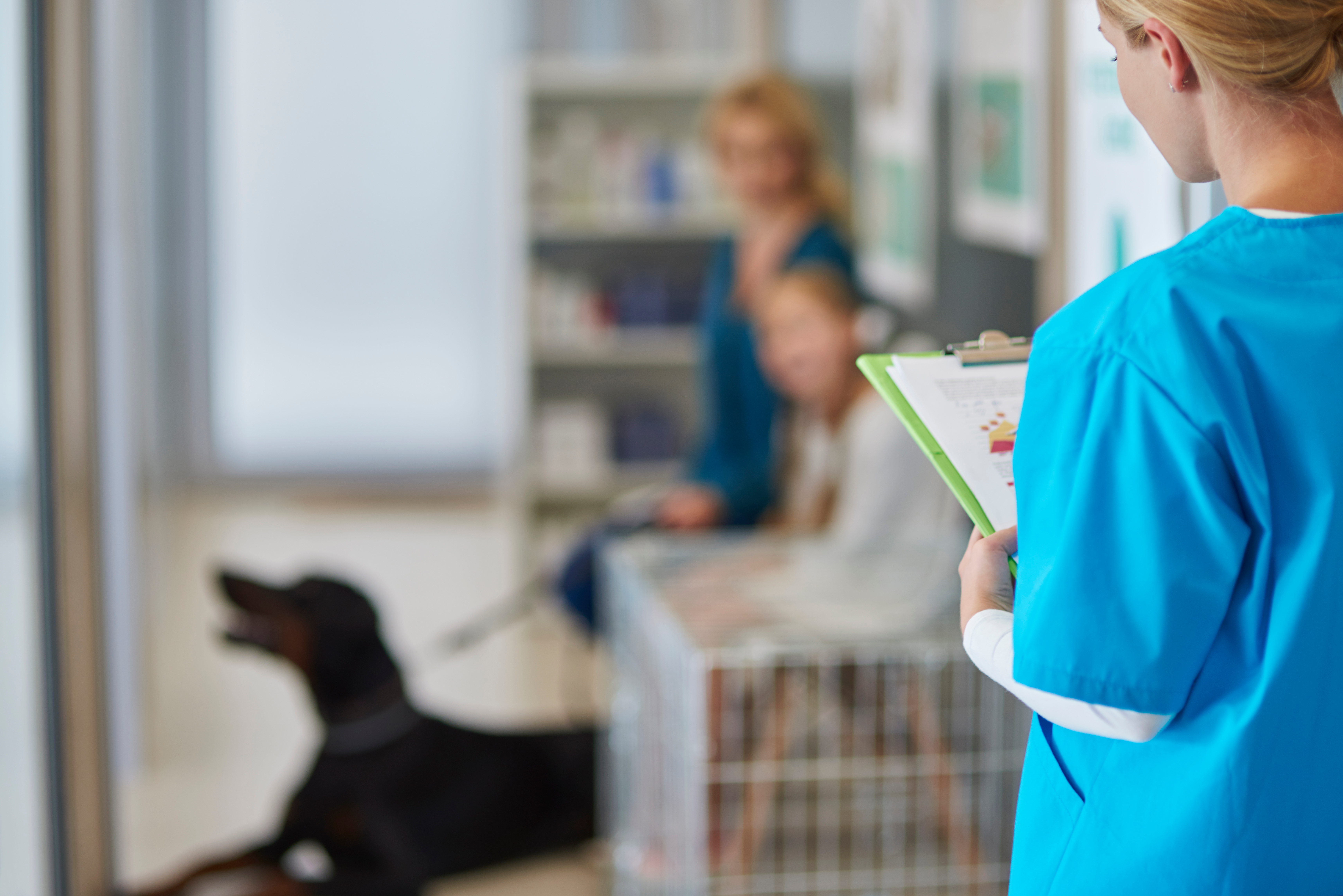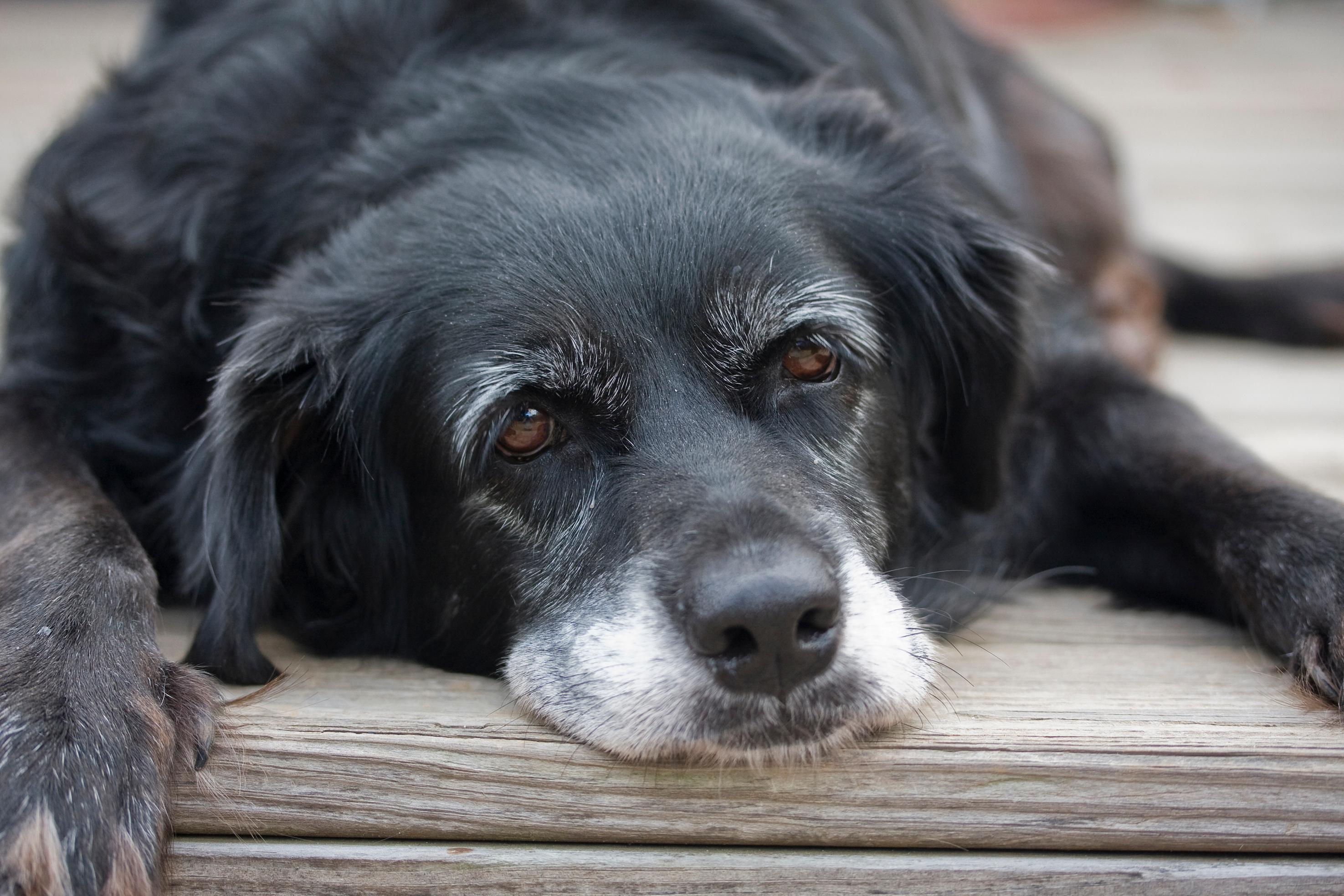Home | Surgical Info | What to do when your dog arrives home after surgery
What to do when your dog arrives home after surgery
Keywords:
At Canton Animal Hospital, we understand that your dog's post-surgical recovery is crucial to their well-being. Providing the right care at home ensures a smooth, stress-free recovery and minimizes complications. Here’s how to keep your dog comfortable and support their healing process.
Immediate Care After Surgery
Keep Your Dog Warm & Comfortable
Provide a soft, clean bed in a quiet, draft-free area.
Maintain a comfortable room temperature (68-75°F or 20-24°C).
Keep your dog indoors overnight, only allowing short leash walks for bathroom breaks.
"comfortable recovery space for post-surgery dogs"
Keep Your Dog Warm & Comfortable
Provide a soft, clean bed in a quiet, draft-free area.
Maintain a comfortable room temperature (68-75°F or 20-24°C).
Keep your dog indoors overnight, only allowing short leash walks for bathroom breaks.
Create a Calm Recovery Space
Limit interaction with children and other pets to prevent stress.
Avoid loud noises and excessive handling as your dog recovers from anesthesia.
Keep your dog in a quiet, warm, and draft-free room at a comfortable temperature (68-75°F or 20-24°C).
Provide a soft, clean bed in a low-traffic area away from other pets and loud noises.
Keep lighting dim to minimize stress as your dog recovers from anesthesia.
Monitor for Grogginess & Sedation
Your dog may be drowsy for 12-24 hours post-surgery due to anesthesia effects.
Allow plenty of rest and avoid handling them too much during this time.
If your dog seems disoriented for an extended period, contact us immediately.
Featured Resources

We Welcome New Patients!
We're always happy to give your furry friend care at our hospital. Get in touch today!
Contact UsRestrict Activity & Supervise Movement
Your dog’s activity should be restricted for at least one week.
Avoid running, jumping, or climbing to prevent strain on the surgical site.
Use a leash for all outdoor trips to minimize movement.
"post-surgery activity restrictions for dogs"
Your dog’s activity should be restricted for at least one week.
Avoid running, jumping, or climbing to prevent strain on the surgical site.
Use a leash for all outdoor trips to minimize movement.
Your dog should stay indoors for at least one full week after surgery.
Avoid running, jumping, climbing, or other strenuous activity that could strain the incision.
Prevent excessive movement to reduce the risk of wound reopening or complications.
Feeding Your Dog Post-Surgery
Offer Small, Bland Meals
A few hours after arriving home, offer half of their normal meal.
If your dog eats and seems hungry, provide the rest of their meal after one hour.
Some dogs experience nausea after anesthesia, so dividing the meal into smaller portions can help reduce the risk of vomiting.
Access to water should not be restricted unless instructed by your veterinarian.
Pain Management & Medications
Post-Anesthesia Recovery
Some drowsiness for 12-48 hours is normal due to anesthesia effects.
If your dog seems excessively sleepy or unresponsive, contact us immediately.
"managing post-anesthesia effects in dogs"
Post-Anesthesia Recovery
Some drowsiness for 12-48 hours is normal due to anesthesia effects.
If your dog seems excessively sleepy or unresponsive, contact us immediately.
Follow Medication Instructions
Administer prescribed pain medications exactly as directed.
Never give human pain relievers, as they can be toxic to dogs.
If your dog seems in pain or too sedated, consult our team.
Watch for Signs of Pain
Excessive vocalization, restlessness, or hiding may indicate discomfort.
Decreased appetite or reluctance to move are also red flags.
If pain symptoms worsen, contact us for further pain relief options.
Incision & Wound Care
Monitor the Surgical Incision
The incision should be clean, with skin edges together.
Some bruising or minor blood seepage is normal for up to 24 hours.
Contact us immediately if you notice continuous bleeding, excessive swelling, or foul odor.
"post-surgery wound care for dogs"
Monitor the Surgical Incision
The incision should be clean, with skin edges together.
Some bruising or minor blood seepage is normal for up to 24 hours.
Contact us immediately if you notice continuous bleeding, excessive swelling, or foul odor.
Keep the Surgical Site Clean & Dry
Do not bathe your dog or let them lick or scratch the wound.
Use a cone (Elizabethan collar) to prevent irritation.
Check for redness, swelling, discharge, or foul odor, which may indicate infection.
Stitches & Bandage Monitoring
Some incisions have dissolvable sutures that do not require removal.
If bandages are placed, follow our instructions for changing or removal.
Avoid tight collars or harnesses that may rub against the incision.
Featured Resources

We Welcome New Patients!
We're always happy to give your furry friend care at our hospital. Get in touch today!
Contact UsTips and Advice from Our Team
Looking for advice about caring for your pet? Our blog features helpful tips and educational material from our team to support your needs.

Pet Arthritis Pain Management – Keeping Dogs & Cats Active
Pet arthritis can cause pain and mobility issues. Our Arthritis Pain Management Guide helps pet owners understand early signs, treatment options, and advanced pain relief solutions like Solensia®, Librela®, and joint injections for better pet comfort.
Read More

